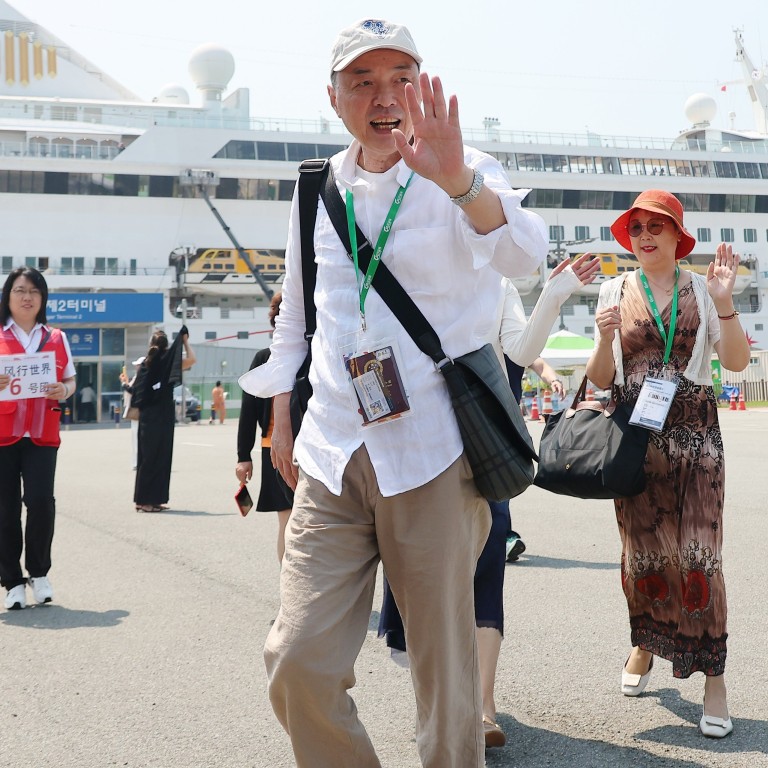
South Korea sees 470% more Chinese visitors, as Thai tourists stay away
- Thailand had been the top Southeast Asian tourism source country, but has now fallen to third place behind Vietnam and the Philippines
Data from the Korea Tourism Organisation shows 119,000 Thai tourists visited South Korea from January to April, a 21.1 per cent decrease compared to the same period last year. In contrast, the overall number of foreign tourists increased 86.9 per cent during the same period, according to Yonhap News Agency.
Even compared to pre-pandemic levels, the recovery rate of Thai tourists remains low. From January to April this year, Thai tourist numbers were only 59 per cent of what they were in the same period in 2019, significantly lagging behind the overall foreign tourist recovery rate of 88 per cent.
In 2019, Thailand was the top Southeast Asian country in terms of tourists to South Korea with 572,000 visitors, surpassing Vietnam (554,000) and the Philippines (504,000). However, this year, Thailand has fallen to third place with 163,000 visitors, behind Vietnam (163,000) and the Philippines (158,000).

Industry experts attribute the decline in Thai tourists to negative sentiments arising from entry refusals at South Korea’s borders.
The introduction of the K-ETA (Korea Electronic Travel Authorisation) system, which requires travellers from 112 visa-exempt countries to register and obtain entry approval online before departing for South Korea, has been a significant factor.
Although K-ETA exemptions were temporarily granted to 22 places of origin – including Japan, Taiwan, Hong Kong and Singapore – Thailand was not included.
The high number of K-ETA rejections and lack of clear explanations for these rejections have fuelled dissatisfaction among Thai nationals. Some travellers, even after receiving K-ETA approval, were denied entry upon arrival in South Korea, further exacerbating the issue.
These entry refusal stories have become a hot topic on Thai social media, contributing to the decline in tourist numbers. The stricter entry requirements for Thai nationals are partly due to Thailand being South Korea’s leading source of illegal immigrants.

The Ministry of Justice has emphasised that the measures are necessary to prevent illegal immigration and are not discriminatory against Thai nationals.
However, the tourism authorities, aiming to attract 20 million foreign tourists annually, are concerned about the decline in visitors from what was once the top Southeast Asian country for tourism to South Korea.
“The decline in Thai tourists can only be explained by the K-ETA issue,” a Ministry of Culture, Sports and Tourism official said. Despite our request for a temporary exemption of K-ETA this year, which is designated as Visit Korea Year, the Ministry of Justice remains firm on its stance.”
South Korea and Thailand have designated 2023-2024 as the “Korea-Thailand Mutual Visit Year” in hopes of strengthening tourism ties between the two nations.

